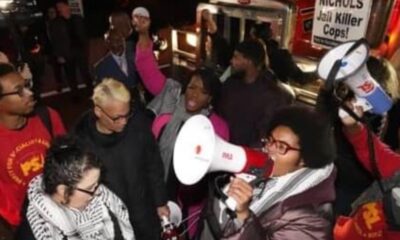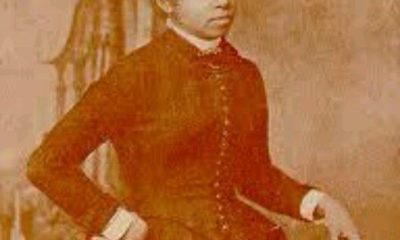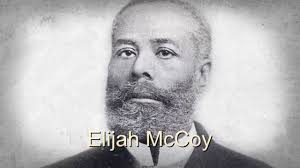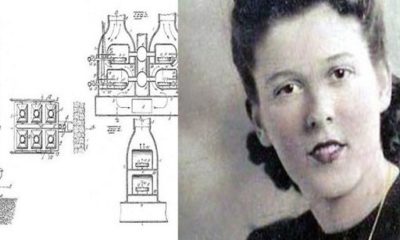March on Washington,politics
The Green Guide to Safety

Travel to Washington, D.C. for the 50th Anniversary of the March on Washington is much easier for African Americans than it was in 1963.
Jim Crow laws still determined where African Americans could eat, stay, or visit in the South and all around the country. Getting from one city to another involved careful planning.
The Negro Motorist Green Book became the travel resource most African Americans relied on when they hit the road. Victor Green, a postal worker in New York, started publishing the “Green Book” in 1936. It contained the names of restaurants, hotels, gas stations, tailors, and even private homes where travelers would be safe and welcome.
“These books helped guide them when they were traveling. I would hope every African American had access to one, and I can’t imagine how they would have made it through the era without one,” says Dr. Raymond Doswell, curator of the Negro League Baseball Museum in Kansas City.
The museum treasures its copy of the travel guide, donated in 2006 by the late Buck O’Neill who played for the Negro League’s Kansas City Monarchs. After his career ended with the Monarchs, O’Neill became a scout for Major League Baseball and traveled extensively. He used the Green Book to navigate the pitfalls and snares African American travelers regularly encountered.
Dr. Doswell explains that O’Neill “was born in the South. But by this time, he had spent a lot of time in the North and Midwest. As a scout, however, he made it a point to scout at southern colleges.” He recalls the baseball great affectionately referring to it as the “black book.”
As the Civil Rights Movement swept across the country and rearranged the rules, African Americans became more comfortable traveling. Hotels and restaurants opened their doors to all patrons. The last Green Book was published in 1964, months after the March on Washington.

-

 Featured10 months ago
Featured10 months agoCalifornia Is the First State to Create A Public Alert for Missing Black Youth
-

 Featured9 months ago
Featured9 months agoAfrican American Leaders Stay the Course Amid Calls for President Biden To Bow Out of Race
-

 Featured10 months ago
Featured10 months agoThe Debate Fallout Lands on Both Candidates
-

 Featured9 months ago
Featured9 months agoPresident Joe Biden Decides to Withdraw from the Presidential Race
-

 Featured9 months ago
Featured9 months agoIn One of His Final Speeches as President, Biden Says It’s Time for ‘Fresh Voices’
-

 Featured9 months ago
Featured9 months agoPresident Joe Biden Describes Shooting of Donald Trump As ‘Sick’









